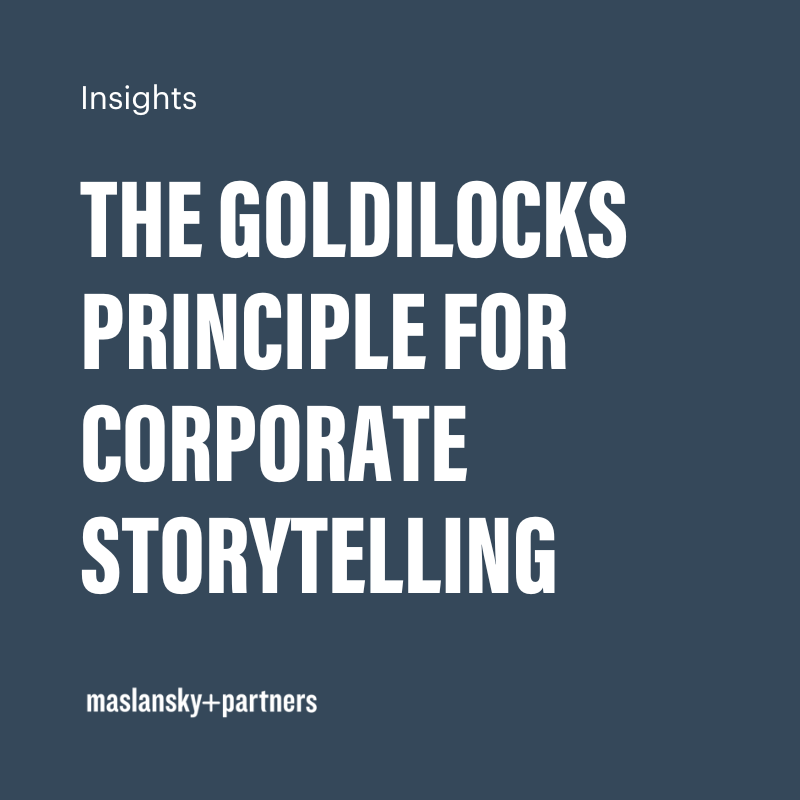When crisis hits, companies shouldn’t trust their instincts: Learning from Equifax’s mistakes

“Biased!” “Out of context!” “Unfair!” “Untrue!”
These are some of the most common reactions from companies in the heat of an ongoing crisis. Their knee jerk-response is almost always the same. “Tell our side of the story.” “Get the facts out!” Or, “Point to who’s to blame!”
These approaches are almost always ineffective. What’s worse, they often backfire and make the situation worse, as was the case when Richard Smith, the now-former CEO of Equifax, first communicated about the company’s massive data breach. In hindsight, the problems with the message are obvious. So why, then, do companies like United Airlines, Uber, The NFL, Equifax, and so many others find it so hard to get these responses right? And what can companies do to apply the lessons of past failures to the next crisis they face?
When emotions are high, companies often choose the message that makes them feel good. But in a crisis, if it feels good to management, it’s usually the wrong message to address the real issues.
The heat of the moment
Equifax had known about the breach for weeks before making an announcement. So one would have expected their response to anticipate every possible criticism. And yet, their announcement actually multiplied their problems. What happened?
Emotion. Crises are personal, especially when companies or CEOs feel like they are being attacked. For Richard Smith, his job was quite literally on the line. The natural reaction for many people is to Delay, Deny, Defend. Delay—because you don’t want to admit to yourself the scope of the problem or don’t yet have all the information to effectively engage. Deny—because the criticism always feels like it is worse than your internal view of the facts. Defend—when those fail, all that seems to be left is a counterattack. When emotions are high, companies often choose the message that makes them feel good. But in a crisis, if it feels good to management, it’s usually the wrong message to address the real issues.
Protection. In a crisis, lawyers (much like doctors) operate to “first, do no harm.” If they could, many lawyers would have a company say nothing in response to a crisis. They overstate the risk that showing empathy or authenticity can lead to litigation. And they underappreciate the importance of engaging on human terms with an audience often reeling from a crisis. The result is anodyne language designed to say nothing and nearly certain to make the problem worse by demonstrating the company is tone-deaf.
Over-engineering. Good messaging is a mix of art and science, emotion and reason. The nuance that makes a message effective is almost always lost when it is written, edited, and re-edited by committee. Too many people, with too many perspectives usually mean that clear, crisp communication gets replaced with over-engineered, jargon-filled messaging.
Wishful thinking. Corporate executives are as skeptical as the next person…except when it comes to their own companies and actions. As was very much the case with Equifax, the company failed to ask itself whether its proposed actions would pass the smell test. Executives realized they must take action. They believed — naively — that a series of half-measures would show they were addressing the situation. But they failed to appreciate the public’s fear and it’s skepticism, and these actions did them more harm than good.
It’s difficult to overcome these corporate instincts. Communicators often recognize what needs to be said and done, but lack the data to demonstrate that their approach will work better.
A better way: systematic, data-driven approach to crisis messaging.
Over the last two years, my firm, together with Procter & Gamble, set out to find that data. We analyzed all of the behavioral science literature on crisis messaging. Then our firm went back and completed a meta-analysis of the testing results of thousands of messages developed in 15 years of crisis and issue message testing. We found clear patterns and identified new approaches to diagnosing the key elements, developed a set of frameworks that apply in different situations, and cataloged hundreds of message fragments, words, and phrases that can be used to help build more effective responses.
Below is Richard Smith’s response compared to the response his team might have created using Dynamic Response™. Most specifically, it would have drastically improved addressing the audience’s point of view.









